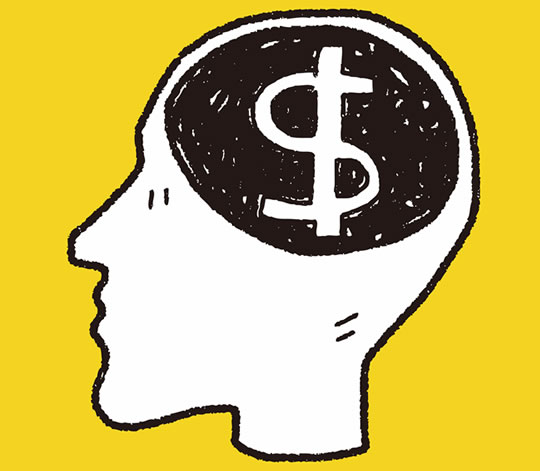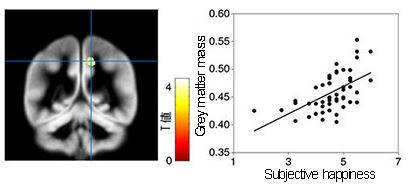It turns out that opposites do not attract, women’s libido is just as strong as men, and more…
Many of people’s beliefs about dating, sex and marriage are plain wrong, a new book claims.
Professor Matthew D. Johnson, a clinical psychologist and author of the new book, said:
“People assume that they know how relationships work.
It feels like love should be intuitive and not something that can be studied scientifically.
Not so!
Scientists have learned a lot about intimate relationships – much of it counterintuitive.”
Here are ten of the myths:
- Myth: Opposites attract.
- Myth: Having children brings couples closer.
- Myth: Men have a stronger libido than women.
- Myth: Having access to innumerable online profiles of potential partners increases the likelihood of finding Mr. or Ms. Right.
- Myth: Children raised by other-sex couples are better off than children raised by same-sex couples.
- Myth: Premarital counseling or relationship education programs prevent discord and divorce.
- Myth: Good communication is the key to a happy relationship.
- Myth: Men are from Mars, women are from Venus.
- Myth: Couples who are “matched” by online dating services are more likely to have satisfying relationships.
- Myth: Living together before marriage is a good way to determine whether you’re with the right person.
There are, of course, many good reasons for couples to live together before marriage, but that doesn’t necessarily mean it will help them choose the right partner.
Professor Johnson explained:
“People think that it makes sense to do a trial run.
‘Let’s see how well we get along when we’re living together.’
What could be more intuitive, right?
But, it turns out that living together before engagement increases the chances of dissatisfaction and divorce down the road.
Why?
The current thinking is that couples who move in together for convenience may end up drifting into marriage instead of making a purposeful decision to get married.
For example, maybe a couple is already spending several nights a week together and they don’t see the reason to write two separate rent checks every month, so they move in together.
Then, they’re living together for a while and their family starts asking: ‘When are you two getting married?’
Pretty soon the inertia of their relationship pulls them into marriage as opposed to making a deliberate decision to marry.”
The book “Great Myths of Intimate Relationships: Dating, Sex, and Marriage (Great Myths of Psychology)” is published by Wiley-Blackwell.











